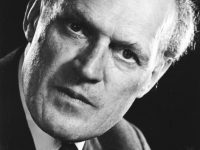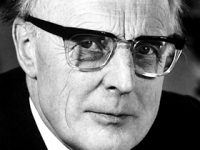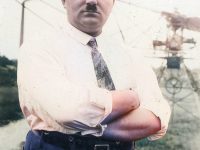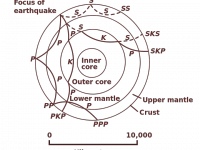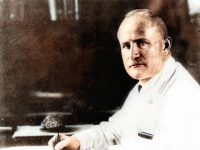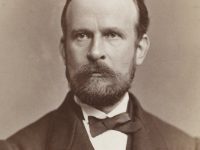The Aircraft Designs of Willy Messerschmitt
On June 26, 1898, German aircraft designer and manufacturer Wilhelm Emil “Willy” Messerschmitt was born. Probably Messerschmitt’s single most important design was the Messerschmitt Bf 109, designed in 1934 with the collaboration of Walter Rethel. The Bf 109 became the most important fighter in the Luftwaffe as Germany rearmed prior to World War II. To this day, it remains one of the most-produced warplanes in history, with some 34,000 built. Willy Messerschmitt…
Read more

